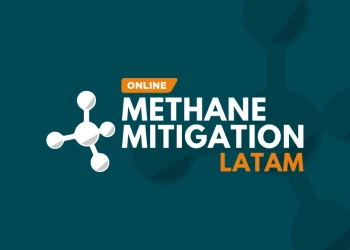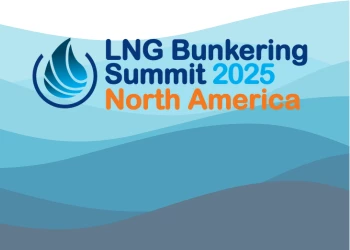Flow Assurance: Science, Art Or Conundrum?
Add bookmarkThe efficient management of flow assurance is critical, but when faced with rapid technological advances and ageing assets, this can seem like an insurmountable challenge.
Organisations in the oil industry have to have the prudence to identify which advances will make the biggest efficiency gains within their business or enhance the asset integrity of their pipes to extend its lifecycle.
What Exactly Is Flow Assurance?
A major problem with maintaining flow assurance is found in the basic interpretation of the phrase. According to renowned flow authority, Dr Ove Bratland, of the Norwegian University of Science & Technology:
"It is a term encountered frequently when studying pipe flow, particularly when hydrocarbons are involved. Still, there is no generally agreed up on, clear, common definition of what Flow Assurance is."
Flow Assurance can differ from specialist to specialist and company to company, which makes the art of flow assurance a more subjective than objective science, and moreover, one that is so engrained in company culture that without a solid knowledge management structure, its definition could well retire with the staff that define it.
Flow Simulation
Computer modelling and simulation are now prevalent among the tools that the upstream industry employs to optimise flow. Utilised for real-time system monitoring, estimation and forecasting, simulations range from single to multiphase models and steady-state to transient simulation programs.
One of the challenges with pipeline simulation is the correct integration of data to inform computer models. The technological innovations that have made the digital oilfield a possibility have also entrained the parabolic increase in the amount of data generated by the i-field framework.
With a host of different data groups to analyse - possibly using multiple different data standards - this becomes a complex business and a venture that many major oil and gas companies are waiting to see tried and tested by others before embarking on themselves.
Pipeline Integrity
Maintaining pipeline integrity is a topic at the forefront of all of those within the sector, especially given that 2010 saw a number of high-profile oil leaks, which left a damaging stain on the reputation of the oil industry.
BP was heavily criticised for its actions immediately following the Deepwater Horizon disaster in spring last year, which saw 11 workers killed.
The spill took several weeks to get under control and had a devastating impact on some areas of the coast around the Gulf of Mexico, particularly New Orleans which was already reeling from the devastation left behind by Hurricane Katrina.
This was then closely followed by the equally headline-grabbing oil leak caused as a result of failures in a pipeline owned and operated by First Philippine Industrial Corp (FPIC).
The leak was identified after oil began seeping into the basement of a residential building and it was subsequently announced that an underground oil plume covering 9,000sq m had extended beyond the pipe.
As Subsea UK chief executive Neil Gordon recently said: "The complex but mission-critical issue of monitoring and maintaining pipeline integrity is increasingly important to our sector."
He explained that it is "vital" that operators have systems in place which allow them to monitor their assets and make "quick and effective decisions in the case of any flaws to prevent an incident".
[eventpdf]
Ageing Assets
One of the main challenges to maintaining pipeline integrity and flow assurances is the fact that many assets are being required to work far beyond the lifespan they were originally designed for, in harsh operating environments and in a landscape that demands increasingly high levels of safety compliance.
Mr Gordon echoed this concern, adding that those in the industry are keen to discuss best practice and business objectives going forward with new technology, "particularly with regard to legacy assets that are required to continue operation beyond their original design lifetimes".
The repercussions of a damaged pipeline are not just environmental, they can have a huge cost for the organisation, it terms of clean up, decreased production and even litigation – as in the case of FRIC last year which saw many local residents which were affected by the oil leak begin legal proceedings against the firm.
Similarly, BP has faced a huge compensation bill following the Deepwater Horizon disaster, not least to the families of the 11 workers killed in the blast.
But despite the bad reputation that the oil industry may have gained in the last year, there are some organisations that have stood out in terms of safety and best practice, with many also battling against heavy taxation and poor economies.
"In a tumultuous year for the oil and gas industries, it has been clear which companies are in safe hands and the ones where executives are prone to losing their heads. The current economic climate and a year of political upheaval in key producing countries have upset standard practice for many companies," explained Michael McCaw, from the editorial department at World Finance.
The organisation recently named Total as the Best Fully-Integrated Oil and Gas Company in Western Europe at the 2011 Oil and Gas Awards due to its dedicated approach to tackling all the challenges the year has thrown at the oil industry, while still maintaining best practice and increasing efficiency.
















